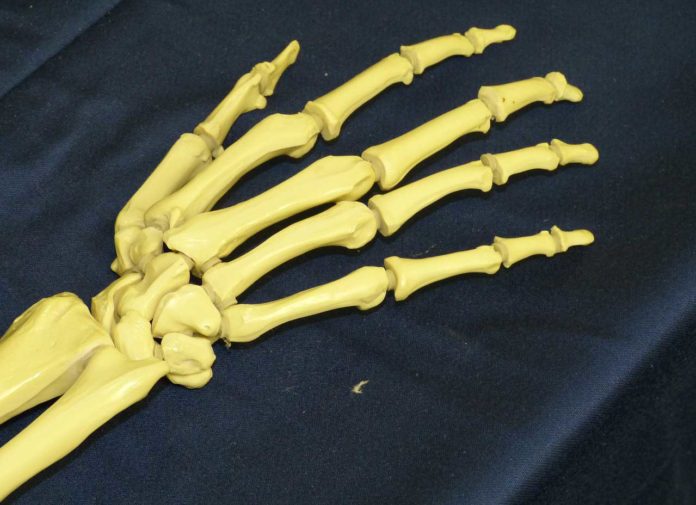Reproduction is the key to evolution. Pathogens can either kill the human host or invade the host without causing death, thus ensuring their survival, reproduction, and spread.
A recent study on 70,000 ancient skeletons aims to reveal more about the spread of ancient infectious diseases. By focusing on marks on bones as distinctive indicators of infection, scientists found that humans evolved to fight pathogens throughout history.
The study reconstructed ancient pandemics to check human’s ability to battle leprosy, tuberculosis, and treponematoses. Tuberculosis, treponematoses, and leprosy are widespread chronic infectious diseases whereby the host is not immediately killed. These diseases are examples of the co-evolution of host and pathogen.
The three diseases are considered prime examples of co-evolution of human hosts and pathogens, with records spanning 200 generations.
Professor Henneberg, an internationally renowned anatomist and biological anthropologist, said, “Each of these three diseases shows a decline in prevalence resulting from co-adaptation that is mutually beneficial for the disease and human host. In the last 5000 years, before the advent of modern medicine, skeletal signs of tuberculosis become less common, skeletal manifestations of leprosy in Europe declined after the end of the Middle Ages, while skeletal signs of treponematoses in North America declined, especially in the last years before contact with invading Europeans.”
Dr. Teghan Lucas from Flinders University says this study highlights whether germs typically become more transmissible but less deadly over time so they can continue spreading.
“From an evolutionary perspective, it makes sense for a pathogen to cause less harm to the host on which it depends for its survival so high levels of transmission appear to be a temporary evolutionary trait which reduces as time goes on when we look at leprosy, tuberculosis, and syphilis.”
From this study, scientists found that the germs transformed to taint ancient humans so they could replicate-bouncing across to as many new hosts as possible. But, the severity of the diseases declined over time.
A trend may start with the increase in the disease’s prevalence before the prevalence declines, in tuberculosis, the decline is monotonic. An increase in skeletal changes resulting from the respective diseases appears in the initial period of host-disease contact, followed by a decline resulting from co-adaptation that is mutually beneficial for the disease and host.
Eventually, either the host may become immune or tolerant, or the pathogen tends to be commensalic rather than parasitic.
Journal Reference:
- Maciej Henneberg et al. Human major infections: Tuberculosis, treponematoses, leprosy—A paleopathological perspective of their evolution. DOI: 10.1371/journal.pone.0243687
